Best Eco-Friendly Peel & Stick Tile Brands 2025
Your laundry room deserves a fresh new look—but you’re not willing to compromise. You want a stylish update without bringing toxic chemicals or short-lived, disposable products into your home. The search for a quick, beautiful, and genuinely sustainable flooring solution can feel frustrating.
Most peel and stick tiles prioritize convenience over conscience. Many are made from virgin PVC plastic and release Volatile Organic Compounds (VOCs), polluting your indoor air. You’ve seen the "green" marketing claims, but you’re rightly skeptical. How can you be sure a product is truly eco-friendly?
This guide cuts through the noise. We’ve done the research to help you find the best eco-friendly peel and stick floor tiles for your home. We focus on verified certifications, durable materials, and brands that are transparent about their impact, so you can renovate with confidence.
You will learn which certifications actually matter, which brands lead the market in sustainability, and how to install these tiles for maximum longevity. Let’s explore why choosing the right eco-friendly peel-and-stick tiles matters now more than ever.

Why Eco-Friendly Peel and Stick Tiles Matter in 2025
Ever wonder if a simple renovation choice could impact your family's health or the planet? This section reveals why opting for truly sustainable tiles is a critical investment in a healthier home and a more conscious future.
The convenience of peel and stick tiles is undeniable, but their environmental and health costs are often hidden. Traditional vinyl tiles, made from polyvinyl chloride (PVC), contribute to a cycle of pollution from production to disposal. These tiles often end up in landfills where they can take centuries to break down.
A significant concern is the impact on your indoor air quality. Many conventional tiles and their adhesives release VOCs, which are chemicals that can cause headaches, dizziness, and long-term respiratory issues. The EPA has found that concentrations of many VOCs are consistently higher indoors (up to ten times higher) than outdoors.
Fortunately, a major shift in consumer demand is pushing the industry forward. Homeowners are actively seeking sustainable home remodel options and green building materials. This has created a market for innovative brands that prioritize recycled content, non-toxic materials, and responsible manufacturing, giving you healthier and more durable choices. Understanding how to select these options is key. To get started, it's wise to learn how to choose green peel and stick tiles, ensuring your choice is not just aesthetically pleasing but also genuinely good for your home and the environment.
A common misconception is that any product with "green" on the label is a safe bet. For instance, a brand might advertise its use of recycled cardboard in its packaging, while the tile itself is still standard PVC with a high-VOC adhesive. True sustainability is about the entire product lifecycle.
Criteria for Choosing Sustainable Peel and Stick Tiles
How can you tell if a "green" product is the real deal or just clever marketing? We're giving you a simple, expert-backed checklist to decode labels and choose tiles that are genuinely sustainable and built to last.
To avoid greenwashing, you need to know what to look for. Judging a tile's eco-credentials goes beyond its color or marketing slogan. The most reliable method is to check for third-party certifications and understand the materials used.
Look for Authoritative Certifications
Feeling lost in a sea of eco-labels and logos? This guide clarifies which certifications are the gold standard for health and sustainability, so you can shop with absolute confidence.
Third-party validation is your best defense against false claims. These organizations rigorously test products to ensure they meet strict standards.
- FloorScore®: This is one of the most recognized certifications for flooring. It specifically tests for compliance with the stringent VOC emission requirements for indoor air quality. If a tile has this seal, it contributes to a healthier indoor environment.
- GreenGuard Gold: This certification is even stricter, setting health-based criteria for chemical emissions. It accounts for sensitive individuals like children and the elderly, making it a top-tier indicator of safety for homes and schools.
- Cradle to Cradle Certified®: This is the holistic gold standard. It assesses a product across five categories: material health, material reutilization, renewable energy and carbon management, water stewardship, and social fairness. A Cradle to Cradle product is designed for the circular economy.
Analyze the Material Composition
Do you know what your flooring is actually made of? We’ll break down the difference between harmful plastics and healthy, renewable materials that make your home safer and more beautiful.
The material of your tile is its most important feature. Avoid standard PVC whenever possible. Instead, look for tiles made from materials with a lower environmental footprint.
- Natural Linoleum: Made from linseed oil, cork dust, and wood flour, it is biodegradable and naturally antimicrobial.
- Cork: Harvested from the bark of cork oak trees without harming them, cork is a rapidly renewable resource. It’s also a fantastic natural insulator.
- Limestone Composite: This material creates an incredibly durable peel and stick flooring for high traffic areas. It is rigid, waterproof, and stable, offering longevity that cheaper plastics can't match.

Consider Durability and Lifecycle Cost
Worried that eco-friendly means less durable? Let's debunk that myth. Here, we'll show you how a slightly higher upfront cost for quality tiles can save you significant money and hassle over time.
A tile that needs replacing every few years isn't sustainable, no matter what it's made of. The true cost of flooring includes its purchase price, maintenance, and eventual replacement. While some eco-certified tiles may have a higher initial cost, their superior durability means they last far longer.
Imagine two homeowners: one buys cheap vinyl tiles at $1.00 per square foot, which scuff easily and need replacement in four years. The other invests in certified limestone composite tiles at $3.00 per square foot. Over a decade, the first homeowner might replace their floor twice, ultimately spending more time and money than the second.

Best Eco-Friendly Peel and Stick Tile Brands 2025
Ready to stop searching and start choosing a brand you can truly trust? Here is our curated list of the top peel and stick tile brands that meet our strict criteria for health, sustainability, and style in 2025.
We vetted numerous brands to create this list of the best peel and stick tile brands 2025. Each one stands out for its commitment to material health, durability, and transparent practices. For a more comprehensive brand comparison, understanding the key differences is crucial. Our definitive review of Stickwoll vs. Top Peel and Stick Tile Brands 2025 provides an in-depth analysis to help you make the most informed decision.
1. Forbo Marmoleum Cinch Loc Seal
Looking for a truly natural and biodegradable option? Discover Forbo, a brand that sets the standard with its linoleum tiles, proving that sustainability and high design can go hand-in-hand.
Forbo is a leader in natural flooring. Their Marmoleum tiles are made from 97% natural raw materials, with 72% being rapidly renewable. They are Cradle to Cradle Certified® Silver and naturally bacteriostatic, making them perfect for a clean home environment.
- Pros: Top-tier eco-credentials, naturally healthy materials, beautiful marbled aesthetics, and exceptional durability.
- Cons: Higher price point than other options and requires careful installation to ensure the seams are tight.
2. Cali Bamboo GeoCore®
Need a floor that can stand up to anything life throws at it? Cali's GeoCore technology delivers a 100% waterproof, dent-resistant floor that is as tough as it is beautiful and eco-minded.
Cali Bamboo's GeoCore line is a limestone composite flooring that is virtually indestructible. It’s ideal for areas like laundry rooms or basements. This flooring is FloorScore certified, ensuring it’s safe for your indoor air, and is built for extreme durability.
- Pros: Extremely durable and waterproof, great for high-traffic areas, and FloorScore certified for low VOCs.
- Cons: As a floating floor plank, it's not a traditional "peel and stick" tile, but its easy-click installation offers similar DIY benefits.
3. Floorigami Eco Series
Want a solution that minimizes waste over its entire life? Floorigami's innovative carpet tile system allows you to replace a single tile if it gets damaged, making it a smart and sustainable choice.
Floorigami offers peel-and-stick carpet tiles made with recycled content. Their biggest sustainability feature is the design itself. If one tile gets stained or damaged, you can simply lift it up and replace it, drastically reducing waste compared to replacing an entire floor.
- Pros: Made with recycled materials, easy to replace single tiles, and adds softness and sound insulation.
- Cons: It is a carpet tile, so it may not be the ideal waterproof solution for some laundry room setups.
4. Stickwoll Eco-Stick Collection
Searching for the perfect balance of verified safety, modern style, and DIY-friendly application? Stickwoll's Eco-Stick line is our top recommendation for homeowners who refuse to compromise on health or design.
For homeowners prioritizing verified safety and effortless installation, the Stickwoll Eco-Friendly Peel and Stick Tiles line is a standout choice. This collection is specifically curated to include products made with low-impact materials and guaranteed VOC-free flooring adhesives. The brand focuses on transparency, providing clear information about its material sources and certifications.
- Pros: Guaranteed low or zero-VOC, wide range of modern patterns, and specifically designed for easy and secure DIY installation.
- Cons: As a curated collection, specific material (e.g., cork vs. composite) may vary by product, so it's important to check the details of your chosen design.
Recommendation Anchor: For homeowners looking for the best overall combination of verified green credentials, modern design, and user-friendly application, the Stickwoll Eco-Friendly Peel and Stick Tiles collection is the top choice for 2025.
5. CorkVi Peel & Stick
Interested in a floor that is not only renewable but also adds comfort? CorkVi uses the unique properties of natural cork to create a tile that is warm, quiet, and naturally resistant to mold and mildew.
Cork is a truly remarkable sustainable material. CorkVi specializes in easy-to-install peel and stick cork tiles. Harvesting cork bark is a regenerative process that doesn't harm the tree. These tiles provide excellent thermal and acoustic insulation, making your room quieter and more comfortable.
- Pros: Made from a rapidly renewable resource, excellent insulator, naturally antimicrobial, and soft underfoot.
- Cons: The surface can be more susceptible to damage from sharp objects or heavy, sliding furniture compared to a limestone composite.
Which Eco-Tile Style Do You Prefer?
Ready to find your perfect match? Finding the right product can feel overwhelming, but our curated collections make it easy to align your design vision with your values. Explore our full collection of Eco-Friendly Peel and Stick Tiles for Sustainable Style.
How to Install Peel and Stick Tiles in Your Laundry Room
Feeling intimidated by the idea of installing your own flooring? This step-by-step guide proves you can achieve a professional-looking, durable finish in just one afternoon, even on challenging surfaces.
One of the biggest draws of eco-friendly peel and stick floor tiles is the simple installation. With the right preparation, you can transform your laundry room in a weekend. For even more visuals, and to see how these techniques apply to other areas like a kitchen backsplash, check out our complete guide on How to Install Peel and Stick Tiles & Best Designs 2025.

Preparation is Key
Do you have to do a lot of prep work before starting? We'll show you the simple but critical steps to prepare your surface, ensuring your tiles stick for good and your investment lasts.
A successful installation is 90% preparation. Your floor must be perfectly clean, dry, and level. Any dust, grease, or moisture will compromise the adhesive. Use a good degreasing cleaner to wash the floor, then rinse and let it dry completely for at least 24 hours.
Installation Prep Checklist
- Floor is completely clean and free of dust/debris.
- Floor is degreased and free of any oily residue.
- Floor is 100% dry (waited at least 24 hours).
- Floor is level and smooth (no major cracks or bumps).
- (If concrete) Floor is sealed and passed moisture test.
If you are wondering, can you use peel and stick tiles on concrete floor, the answer is yes, but with proper steps. Concrete must be sealed to prevent moisture from wicking up and weakening the glue. A simple pro-tip is to tape a small square of plastic sheeting to the concrete for 24 hours. If you see condensation underneath, you need to apply a concrete sealer first.
The Step-by-Step Installation Guide
What's the best way to lay the tiles so they look straight and professional? Follow our simple, pro-approved method to get perfect lines and a flawless layout from the very first tile you place.
Once your floor is prepped, the fun begins. Taking the time to plan your layout will prevent crooked lines and wasted tiles.
- Find the Center: Measure to find the center point of your two longest walls. Snap perpendicular chalk lines that cross in the middle of the room. This gives you a perfectly square guide to start from.
- Do a Dry Run: Before peeling any backing, lay a row of tiles along your chalk lines from the center to the walls. This helps you check the layout and see how your final cuts along the walls will look.
- Peel, Place, and Press: Start at the center intersection. Peel the backing from your first tile, carefully align it with your chalk lines, and press it firmly into place. Work your way outward from the center, one quadrant at a time.
- Apply Pressure: The adhesive is pressure-sensitive. After laying a few tiles, use a J-roller or even a rolling pin to apply even, firm pressure across the entire surface. This is the secret to ensuring a permanent bond.
- Make the Cuts: For tiles along the wall, lay a loose tile directly on top of the last full tile. Place another tile on top of that, butted against the wall. Use its edge as a guide to mark a cut line on the tile below it. Score with a utility knife and snap for a perfect fit.
Design Ideas: Eco-Tiles for Modern Laundry Rooms
Stuck on how to make a small, functional laundry room look stylish? Discover inspiring design ideas that use eco-friendly tiles to transform your laundry room into a beautiful, organized space you'll love.
Your laundry room can be more than just a utility space. Using eco-friendly peel and stick tiles, you can add personality and style. The right pattern can make a small room feel larger, and using tiles in unexpected ways can create a high-design look.

Patterns and Layouts for Small Spaces
Can the right pattern really make a room feel bigger and brighter? Yes. Learn the simple design tricks that use tile patterns to create a powerful illusion of space and light.
In a compact laundry room, the floor is your biggest opportunity to make a statement. Instead of a basic layout, consider a pattern that adds visual interest.
A classic checkerboard pattern in two complementary colors can create a timeless, dynamic look. For a more modern feel, laying rectangular tiles in a herringbone pattern draws the eye outward, making the room feel wider. Even simply laying square tiles on a diagonal can trick the eye and make the space feel more expansive.
Backsplash vs. Flooring Use Cases
Where can you get the most design impact with peel and stick tiles? We'll break down the pros and cons of using tiles on the floor versus as a creative backsplash to help you decide.
While these tiles are perfect for flooring, don't forget the walls. Creating a laundry room peel and stick backsplash is a fast and affordable way to protect the wall behind your washer and sink while adding a pop of color or pattern. If you're considering this, exploring the best peel and stick wall tiles of 2025 will give you a head start on the latest styles and top-performing brands for vertical applications.
For flooring, durability is the priority. You need a tile that can handle moisture and foot traffic, especially in a laundry room which can have unexpected leaks. For superior moisture protection in the most demanding areas, our review of the top waterproof peel and stick shower tiles for 2025 can offer valuable insights on materials that provide the ultimate defense against water. For a backsplash, the focus is more on aesthetics. This is the perfect place to experiment with a bolder design that might feel overwhelming on the floor. For more pattern inspiration, our article on the Top Peel & Stick Tile Patterns for 2025 is a great resource.
Cost and Longevity: Are Eco-Tiles Worth It?
Do eco-friendly tiles actually last, or are you just paying more for a 'green' label? This section provides a transparent breakdown of the true cost and lifespan, proving why sustainable tiles are a smarter financial investment.
The initial price tag for high-quality, eco-certified tiles can be higher than their conventional PVC counterparts. However, when you factor in durability and lifespan, the value proposition becomes clear. Investing in quality from the start saves you money and resources in the long run.
Estimated Lifespan and Maintenance
What's the secret to keeping peel and stick tiles looking brand new for years? Discover the simple cleaning habits that protect your investment and dramatically extend the life of your beautiful new flooring.
A cheap, low-quality vinyl tile may look good for a year or two but will quickly show scratches, scuffs, and peeling edges, often requiring replacement within 3-5 years. In contrast, a high-quality composite or linoleum peel and stick tile can easily last 10-15 years or more with proper care.
Maintenance is simple but crucial. Avoid harsh, abrasive cleaners or excessive water, which can damage the surface and weaken the adhesive. A pH-neutral cleaner and a damp mop are all you need. For a comprehensive list of dos and don'ts that covers everything from daily cleaning to fixing common issues, our Peel and Stick Tile Maintenance Guide 2025 is an essential read.
Long-Term Cost Analysis
Can spending more money upfront actually save you a significant amount over time? Let's look at the numbers. This clear comparison shows how premium eco-tiles outperform cheap options over a decade.
Let's compare the projected costs for a 100-square-foot laundry room over 10 years.
| Feature | Cheap PVC Tile | Certified Eco-Tile |
|---|---|---|
| Initial Cost per sq. ft. | $1.00 | $3.50 |
| Initial Project Cost | $100 | $350 |
| Estimated Lifespan | 4 years | 12+ years |
| Replacements in 10 Years | 2 | 0 |
| Total 10-Year Cost | $300 | $350 |
As the table shows, the initial savings from the cheaper tile are quickly erased by the cost and hassle of replacement. The certified eco-tile provides peace of mind and better long-term financial value, making it the smarter and more sustainable choice.
Your Sustainable Renovation Starts Now
Making a conscious choice for your home has powerful ripple effects. By opting for eco-friendly peel and stick floor tiles, you’re not just getting a beautiful new floor. You're creating a healthier living space for your family, reducing landfill waste, and supporting brands that are committed to a better future.
You no longer have to choose between style, convenience, and sustainability. As we've shown, the best brands of 2025 offer durable, safe, and stunning options that meet the highest standards. You have the knowledge to look past the greenwashing and identify true quality.
Now that you're equipped to choose wisely, the next step is to explore the possibilities for your own home.
Explore the full collection of our verified eco-certified tiles and find the perfect style for your project.Sign up for our newsletter for more expert guides on creating a stylish and sustainable home you'll be proud of.
Frequently Asked Questions (FAQ)
1. Can I install eco-friendly peel and stick tiles over my existing flooring?
In some cases, yes. You can often install them over clean, smooth, and non-porous surfaces like existing vinyl or linoleum. However, you should never install them over textured or floating floors. The best practice is always to have a perfectly flat, clean subfloor for maximum adhesion and longevity.
2. Are all "VOC-free" peel and stick tiles truly safe?
The term "VOC-free" can sometimes be misleading. A product might be low-VOC but not entirely free. That's why third-party certifications like GreenGuard Gold and FloorScore are so important. They verify that a product's emissions are below a strict, health-based threshold, offering true peace of mind.
3. How do I dispose of old eco-friendly tiles responsibly?
This depends on the material. Natural linoleum and cork tiles are biodegradable. For composite tiles or those from brands with take-back programs, check the manufacturer's website for specific recycling instructions. This is a key benefit of choosing a brand from the start that is transparent about its end-of-life options.
4. What's the most durable peel and stick flooring for a high-traffic area like a mudroom or laundry room?
For maximum durability in high-traffic or moisture-prone areas, a limestone composite tile (like those from Cali Bamboo or in certain Stickwoll collections) is the superior choice. Its rigid core resists dents, scratches, and water far better than flexible vinyl or softer materials like cork.

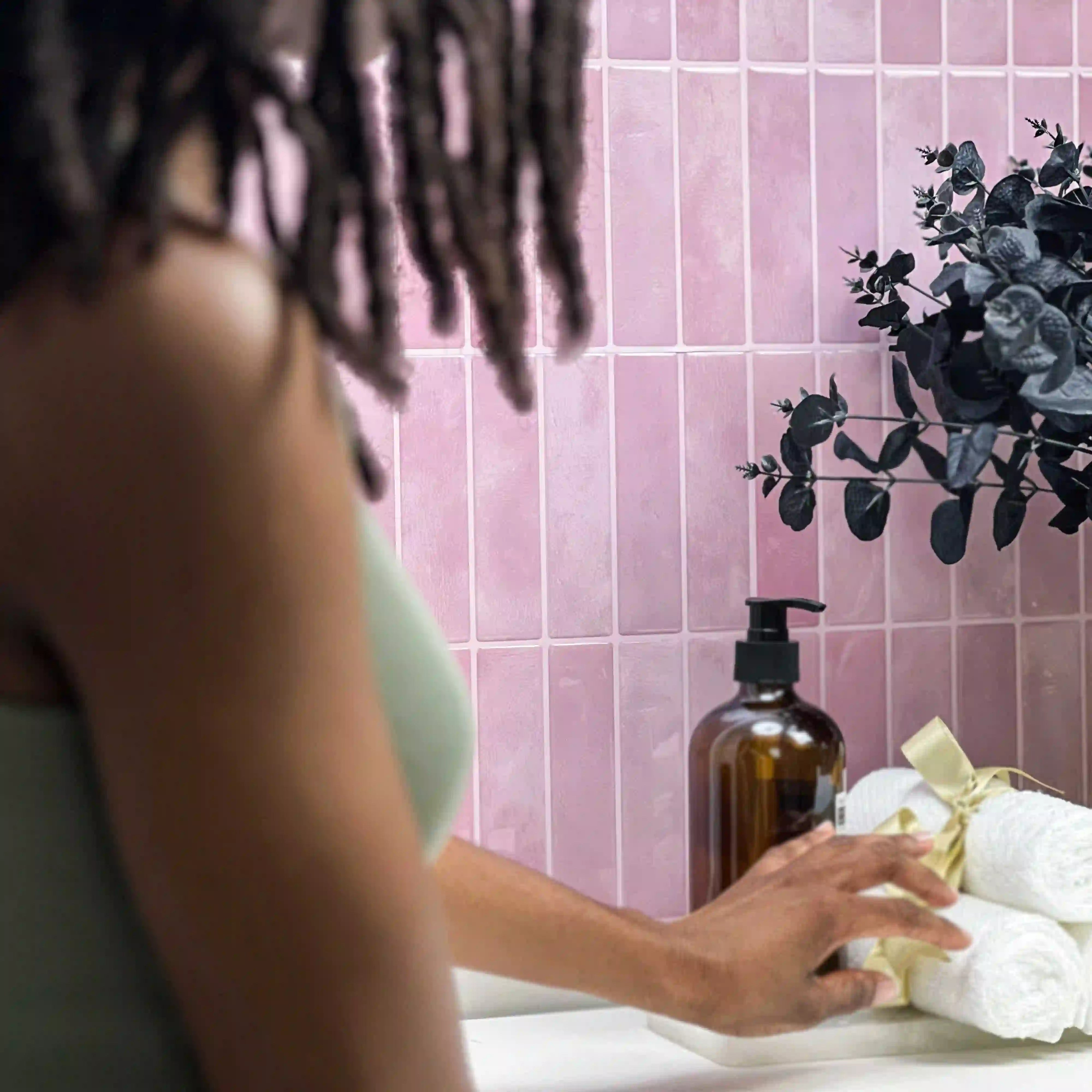
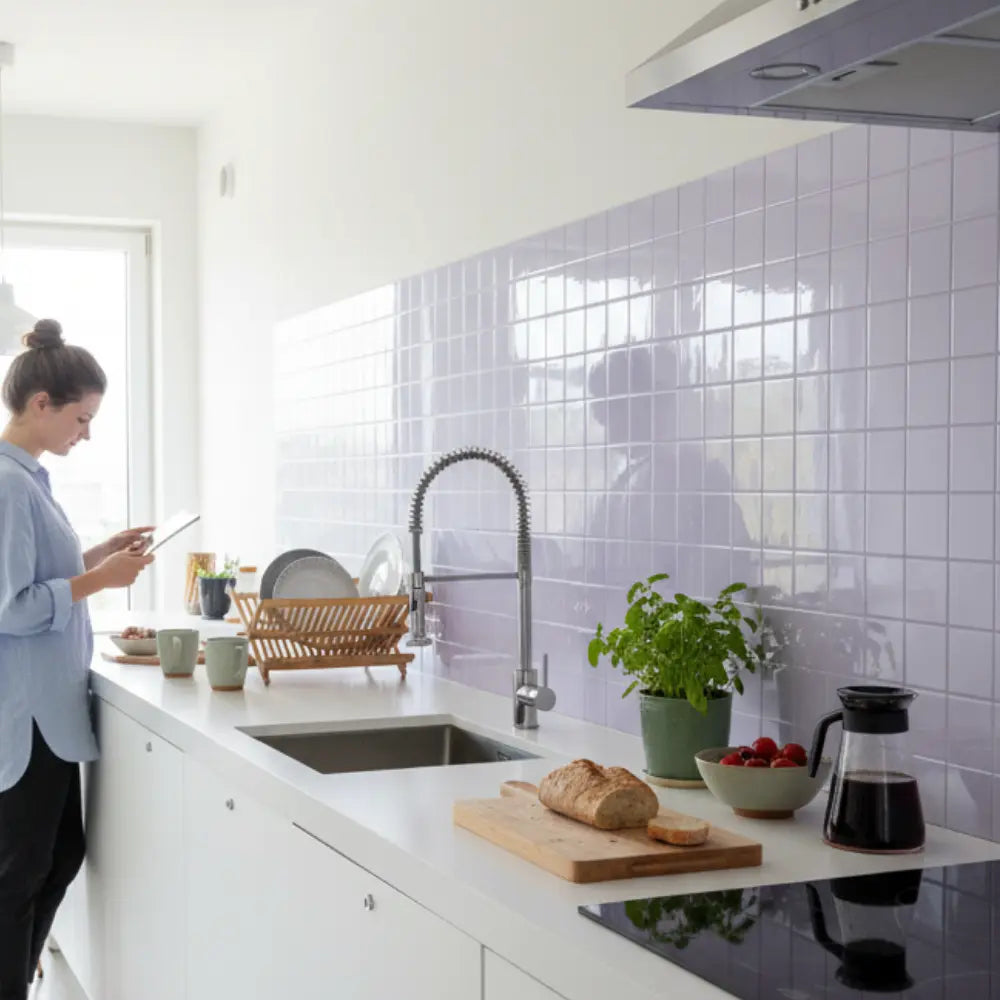
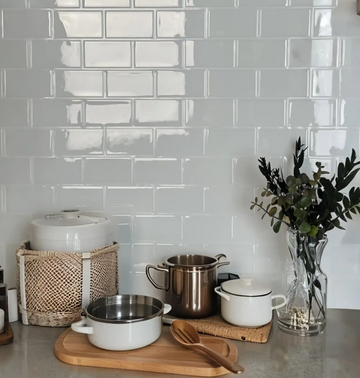
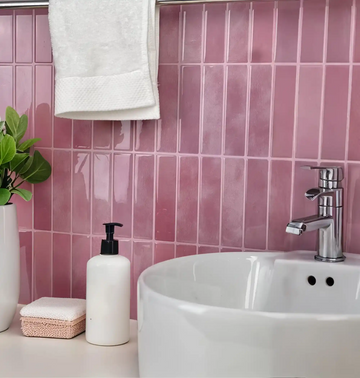
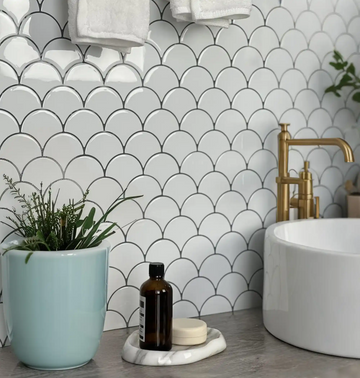
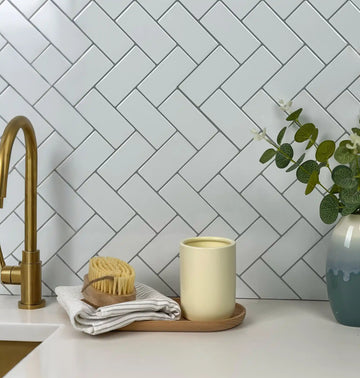
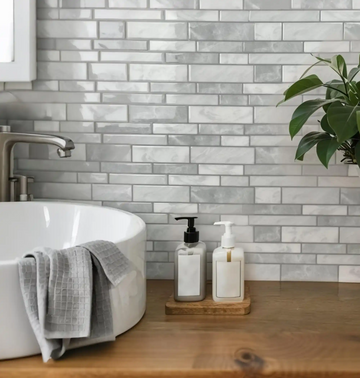
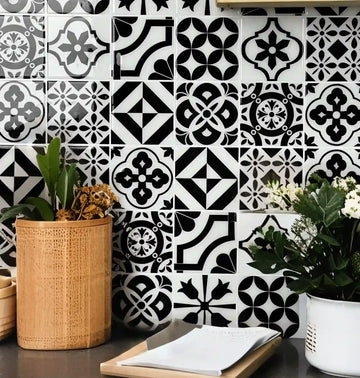
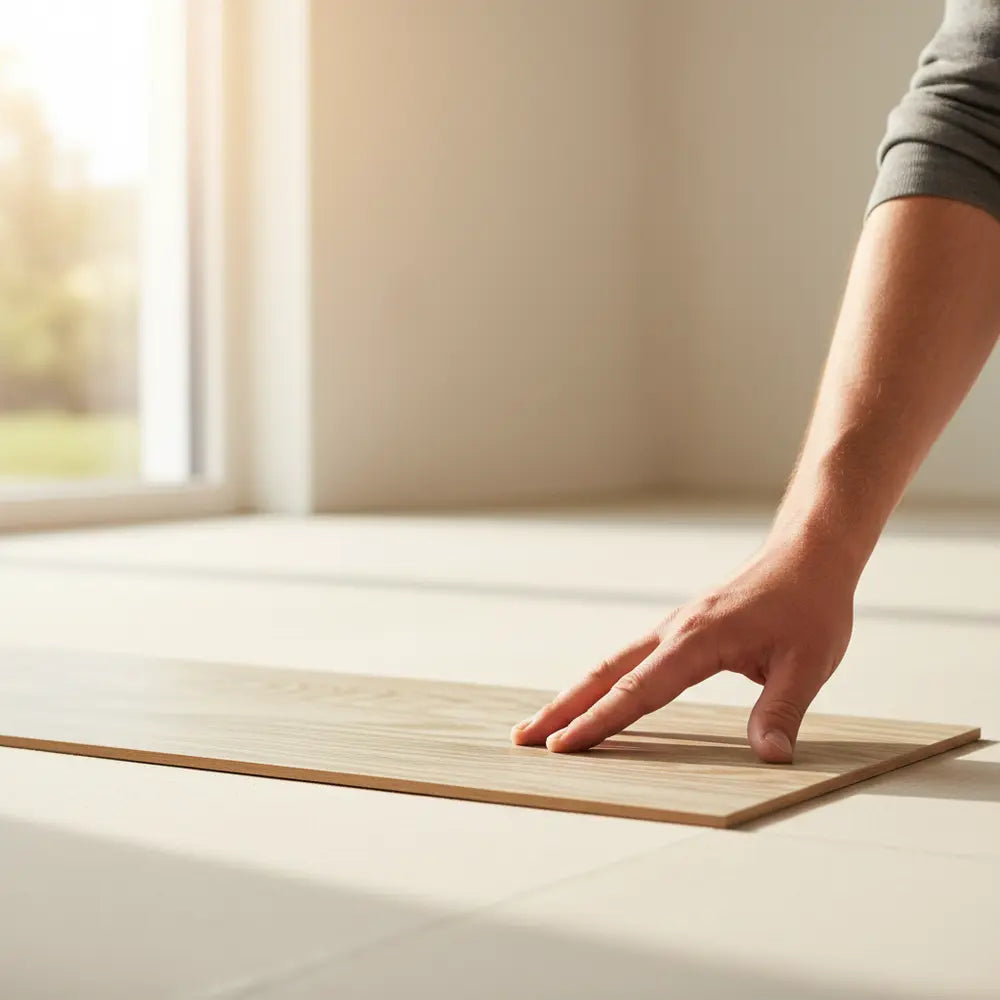
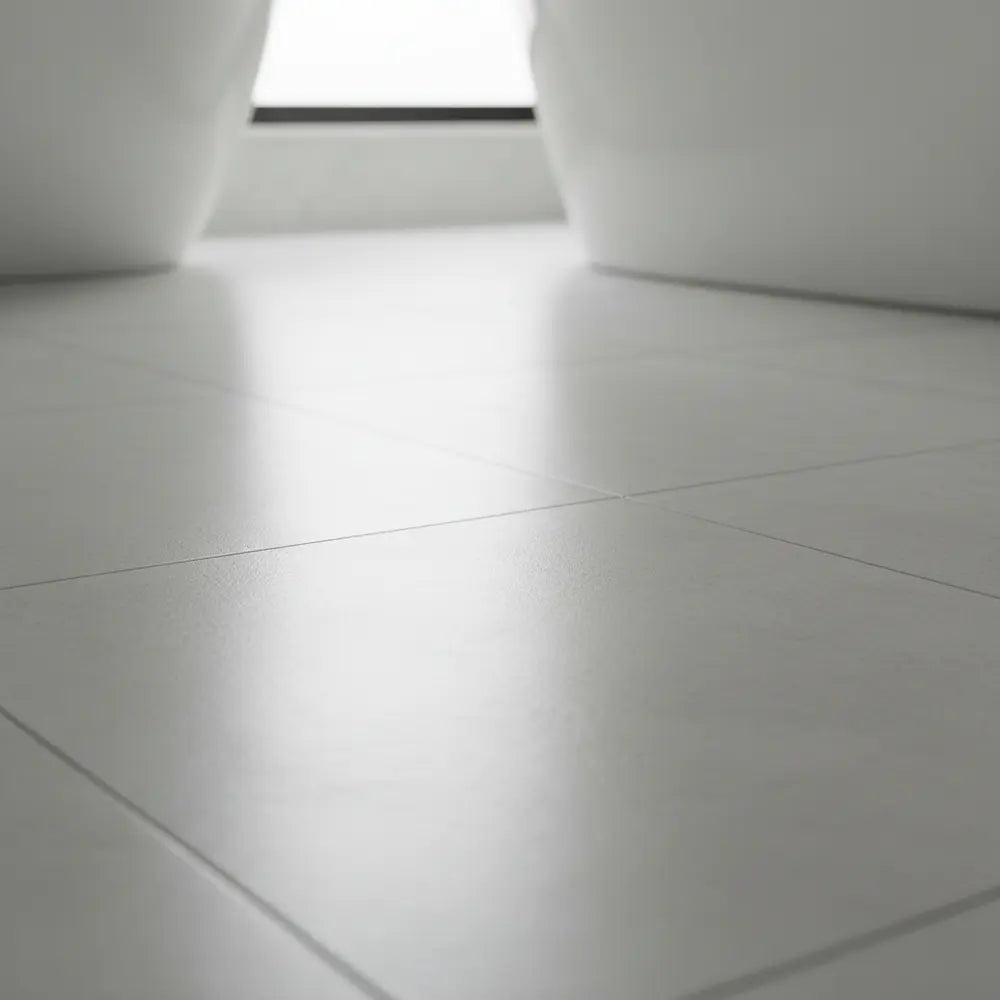
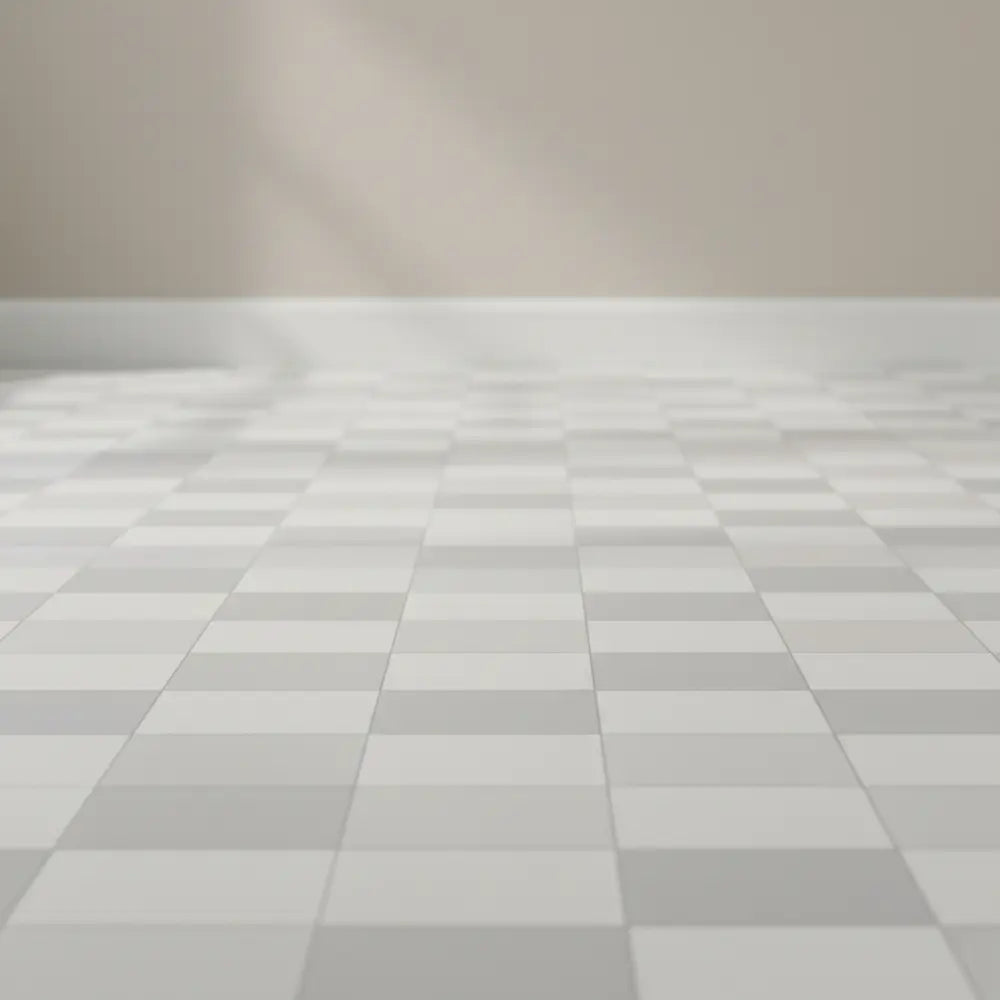
Laisser un commentaire
Ce site est protégé par hCaptcha, et la Politique de confidentialité et les Conditions de service de hCaptcha s’appliquent.